Do you have a question about the PIAGGIO MP3 530 hpe and is the answer not in the manual?
Identifies and labels the various controls and indicators on the vehicle's dashboard.
Details the components and functions of the instrument panel and its displays.
Describes the main warning lights on the instrument panel and their meanings.
Explains the functions and operation of the vehicle's digital liquid crystal display.
Details the different riding modes (ECO, COMFORT, SPORT) and their characteristics.
Introduces the vehicle's multimedia system and smartphone connectivity features.
Explains how to use the GPS navigation feature via the PIAGGIO application.
Details the features and procedures for managing phone calls through the vehicle's system.
Outlines the steps and controls for managing audio playback functions.
Details the operation and features of the vehicle's cruise control system.
Explains the function and different positions of the vehicle's starter switch.
Provides instructions on how to lock the steering wheel for security.
Explains the multiple functions of the start button: engine start, riding mode, reverse.
Explains the ASR system, a driving aid for acceleration and preventing wheel slippage.
Describes the electronic engine locking device for theft protection.
Details the functions and operation of the keyless remote control for vehicle access and functions.
Provides instructions on how to open the fuel tank and refuel the vehicle correctly.
Details the procedure for starting the vehicle's engine safely.
Explains the importance of engine oil and how to check its level.
Describes the function of the oil pressure warning light and related actions.
Covers tyre pressure, wear indicators, and replacement recommendations.
Details the procedure for checking the brake fluid level in the tanks.
Offers solutions for common starting and ignition problems.
Outlines the recommended maintenance schedule based on mileage and time intervals.
Identifies and labels the various controls and indicators on the vehicle's dashboard.
Details the components and functions of the instrument panel and its displays.
Describes the main warning lights on the instrument panel and their meanings.
Explains the functions and operation of the vehicle's digital liquid crystal display.
Details the different riding modes (ECO, COMFORT, SPORT) and their characteristics.
Introduces the vehicle's multimedia system and smartphone connectivity features.
Explains how to use the GPS navigation feature via the PIAGGIO application.
Details the features and procedures for managing phone calls through the vehicle's system.
Outlines the steps and controls for managing audio playback functions.
Details the operation and features of the vehicle's cruise control system.
Explains the function and different positions of the vehicle's starter switch.
Provides instructions on how to lock the steering wheel for security.
Explains the multiple functions of the start button: engine start, riding mode, reverse.
Explains the ASR system, a driving aid for acceleration and preventing wheel slippage.
Describes the electronic engine locking device for theft protection.
Details the functions and operation of the keyless remote control for vehicle access and functions.
Provides instructions on how to open the fuel tank and refuel the vehicle correctly.
Details the procedure for starting the vehicle's engine safely.
Explains the importance of engine oil and how to check its level.
Describes the function of the oil pressure warning light and related actions.
Covers tyre pressure, wear indicators, and replacement recommendations.
Details the procedure for checking the brake fluid level in the tanks.
Offers solutions for common starting and ignition problems.
Outlines the recommended maintenance schedule based on mileage and time intervals.
| Displacement | 530 cc |
|---|---|
| Fuel System | Electronic fuel injection |
| Transmission | CVT with torque server |
| Rear Brake | 240 mm disc |
| ABS | Yes |
| Tire Size Front | 110/70 - 13" |
| Tire Size Rear | 140/70 - 14" |
| Width | 800 mm |
| Seat Height | 790 mm |
| Weight | 280 kg |
| Engine Type | 4-stroke, single-cylinder |
| Max Power | 32.5 kW (44.2 HP) @ 7, 250 rpm |
| Max Torque | 50 Nm at 5, 250 rpm |
| Cooling System | Liquid cooled |
| Front Suspension | Articulated quadrilateral |
| Front Brakes | Two 258 mm discs |
| Rear Suspension | Double shock absorber with adjustable preload |
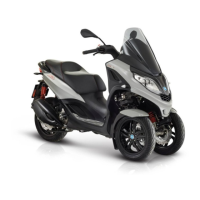
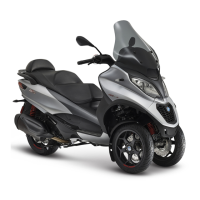
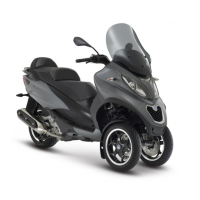
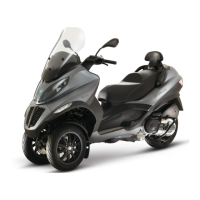
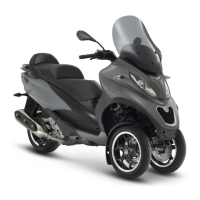
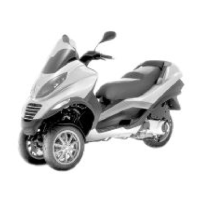
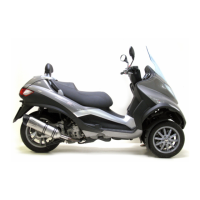
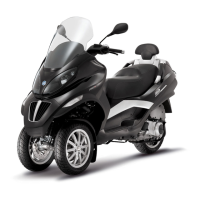
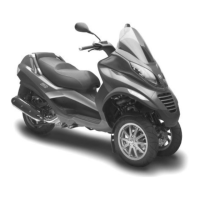
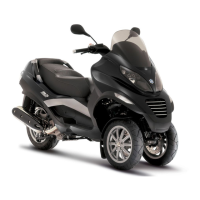
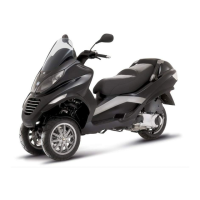
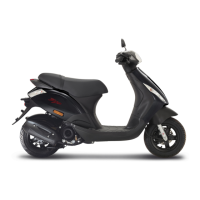
